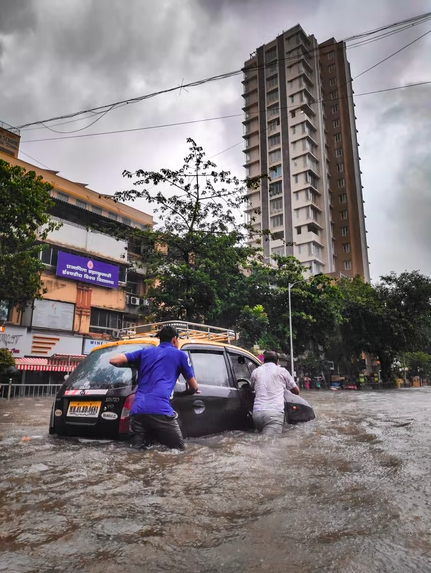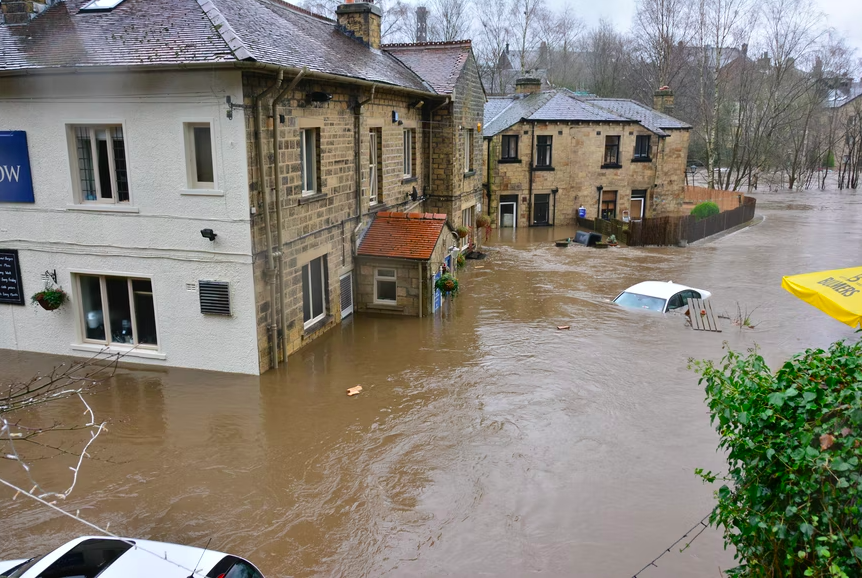The insurance world is being called to action to find a new way of building insurance policies that meet the coverage realities of the modern world. What is driving such an urgent need for transformation?
The alarming uptick of natural disasters in recent years is one example. According to data captured between 1900 and 2019 by the Institute for Economics and Peace, it was revealed that there was an increase from 39 incidents in 1960 to 396 in 2019—a 915% increase.
In response to this phenomenon, McKinsey released their very first insurance report, drawing on data from all over the world, entitled: Creating value, finding focus: Global Insurance Report 2022.
The report outlined nine imperative levers that leadership teams within the insurance sector can use to modernize their policies. Some considerations include making environmental, social, and governance (ESG) a core feature of business models, regaining relevance through product innovation that improves coverage of new risks, and enhancing the personal nature of the customer’s engagement and experience.
One way that the insurance industry can begin to check these boxes is to incorporate “parametric insurance” at scale. Let’s take a look at how this type of insurance will modernize the industry and help shift the antiquated paradigm for providers and policyholders into a more confidently insured future.
Parametric insurance: The solution for modern coverage
According to a report from the UN, the number of disaster events is projected to reach 560 a year—or 1.5 each day, statistically speaking—by 2030. As it stands currently for insurance, most people don’t have natural disaster coverage and for those who do, it never quite works like it should under the current mold of coverage.

Parametric insurance is a type of insurance contract that covers policyholders in the occurrence of a specific event. The difference lies in the way payments are calculated – by paying a set amount based on the magnitude of the event – as opposed to the magnitude of the losses as seen in a traditional policy. The idea is to break down insurance policies so that they are then segmented into a series of parameters that are more quantifiable for the specific situation that is being insured. If that parameter is met, then payment is to be executed instantly.
By making the payment for policyholders based on what’s agreed on in the insurance contract, just like in life insurance, new capacities for coverage are opened.
These types of products are common in the banking and government spectrum but are not yet common for personal policies. The biggest challenge that the industry has faced in implementing parametric insurance at scale comes down to functional capabilities – as the products become more sophisticated, they also become more computationally difficult to manage.
As the insurance industry looks to modernize, it should start building insurance policies that are end-to-end, rather than continuing with rigid risk coverage as seen in traditional policies. Helping to create insurance that covers an “ecosystem” of risks could unlock $60 trillion in revenue for companies by 2030, according to the 2022 McKinsey insurance report.
Why parametric insurance should be the standard for individual insurance policies
One company has made solving the implementation challenges related to parametric insurance its mission.
Enter Raincoat, a modern-day insurance company helping to democratize access to financial resilience in the face of natural disasters. By bringing together a passionate team of engineers, scientists, UX designers, and insurance experts, they are forming the next generation of parametric insurance policies.

Raincoat works with insurers to identify the climate-related problems that are faced by clients. The company then leverages this information to build a fully packaged, end-to-end climate-related insurance product or protection scheme for governments who then deliver this package through their automated infrastructure, allowing the product to operate within existing products and channels.
By utilizing a reverse prism, Raincoat is able to absorb the challenges that come from software, regulation, capacity, science, and data to develop a precise fully functioning platform that automates the entire insurance lifecycle.
The company does not sell directly to the end consumer but instead to partners such as the insurer, government, or banking institution, allowing them to facilitate better policy products without touching regulations, distribution, or risk assessment. By supplying the tools that enable providers to build their own parameters, Raincoat is driven by the product, not the other way around.
Providing insurance for tumultuous times
Providing more accurate insurance coverage to individuals on a case-by-case basis will help the industry evolve toward the needs being demonstrated in 2022.
Insurers need to start evaluating where they can be most relevant and active in terms of geography, lines of business, and position in the value chain to help renew value creation and themselves.
Company Raincoat is helping to provide tools for this needed evaluation and the transformation to follow with their proprietary parametric insurance design. With the company recently announcing a new Seed funding round of $4.5M USD, led by Anthemis Group, one of the most active Insurtech investors of 2021, the size of this round shows just how much potential is riding on parametric insurance.
Aiming to play an integral role in this new iteration of the insurance value chain, Raincoat will be a company to watch as the tides of policy coverage turn in 2022.
Disclosure: This article mentions a client of an Espacio portfolio company.












